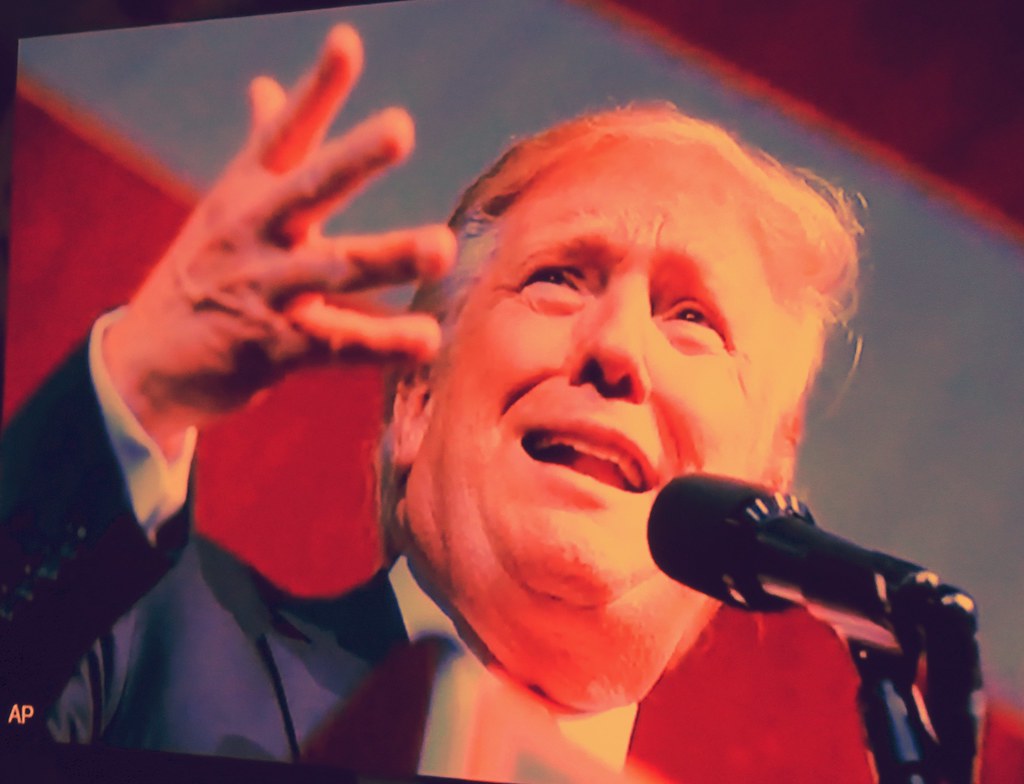Key takeaways
• A federal judge blocked Trump from firing federal workers during the shutdown
• The case is called AFSCME v. United States
• Judge calls this move unprecedented and undemocratic
• Lawyers must file briefs by October 27 with a hearing on October 28
• Federal employees face delayed paychecks if the shutdown drags on
A judge just ruled against the Biden administration on a plan to fire thousands of workers. More precisely, the judge paused the plan that the former president announced. This decision comes in the AFSCME v. United States lawsuit. It could change how shutdowns affect federal staff.
The AFSCME v. United States case focuses on sudden layoffs during a shutdown. A federal judge in California found this action far from normal. In fact, the judge said it had never happened before. She granted a temporary restraining order. That means no employee can be fired while the order stands.
Former federal prosecutor Joyce Vance wrote about the case. She pointed out one key fact. The president openly said he would fire “a lot” of workers. He even said the firings would target one political party. Such a statement crossed a clear line. It suggested punishment and bias.
What the Trump Layoffs Case Means
This Trump layoffs case could set a big precedent. Judges usually let presidents manage federal workers. However, using staff cuts as a political weapon is new ground. Therefore, other courts will watch this fight closely.
Unprecedented Firing Plan
On October 10, federal agencies started sending layoff notices. Thousands of workers got notices by email. Yet many could not read them. They had no access to work email during the shutdown. As a result, some workers did not learn they lost their jobs.
Judge Susan Illston called this action “unprecedented in our country’s history.” She also said that firing staff to punish an opposing party is far from normal. Moreover, she wrote that the president must uphold the Constitution. She added that he must treat all Americans fairly.
Impact on Federal Workers
Federal employees already work under stress during a shutdown. First, they worry about the job. Then, they fear missing paychecks. In fact, those who worked before the shutdown got only about 70 percent of their regular pay. Next paychecks are at risk too. Since the shutdown started on October 1, the next period falls entirely in the shutdown. That could mean no pay at all next month.
Meanwhile, many federal workers still go to work without pay. They help keep key services running. They do this out of duty, not politics. Yet, they face bills and rent without income. As the shutdown drags on, more families will struggle.
Next Steps in the Fight
The judge set a fast schedule for both sides. They must file briefs by October 27. Then, they will argue in court on October 28. The judge will decide whether to extend the order. If she does, the firings stay on hold. If not, the administration could resume the layoffs.
Moreover, this case might break through in a way few others have. Many lawsuits against this administration focus on policy or procedure. Yet, this one touches on basic fairness and free speech. For example, targeting workers for their party breaks core democratic rules.
Why This Case Matters
This fight is about more than paychecks. It questions how far a president can go in a shutdown. It also tests whether political bias can drive personnel moves. Therefore, its outcome could shape future shutdowns and staffing decisions.
Also, the case shows how court orders can protect workers. It proves that judges can check executive power. In turn, this upholds the idea that no one is above the law.
Finally, all eyes stay on Congress. Lawmakers have not yet set a date to return. Without them, the shutdown could last longer. For now, hundreds of thousands of federal workers live in limbo. This case offers them a chance at clarity.
Frequently Asked Questions
What is the AFSCME v. United States case about?
This lawsuit challenges the government’s plan to fire federal workers during the shutdown. A judge has paused those firings for now.
Why did the judge call the firings unprecedented?
The judge said that using layoffs to punish a political party had never happened before in U.S. history. She found it both unfair and undemocratic.
How long will the temporary pause last?
The pause runs at least until the judge decides whether to extend it. Both sides will present more arguments by October 27, and a hearing follows on October 28.
What happens if the shutdown continues?
Federal workers may not get paid for the next pay period. Many will work without pay until Congress ends the shutdown or the court rules again.

